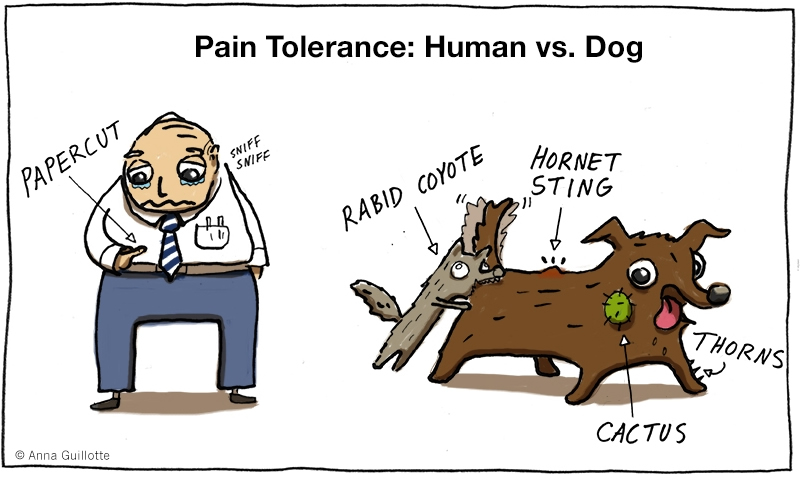
You’ve tried conventional treatments for heel pain? You’re an expert in the ins and outs of taking rest? You’ve filled your freezer with ice packs? Your bathroom cabinet is bursting with pain relief and anti-flammatory meds? You’ve slipped on the support devices more often than you’d care to remember? You feel all physio’d out with all kinds of physical exercise? If this sounds like “my life with plantar fasciitis so far” and it’s all been to no avail, you might want to read on, ready to try something shocking!
You might have heard about Shockwave treatment for plantar fasciitis, referred to by NICE (National Institute for Health and Clinical Excellence) as Extracorporeal Shockwave Therapy For Refactory Plantar Fasciitis. Let’s break down its meaning;
Extracorporeal – outside the body
Refractory – (as above) it doesn’t respond to conventional treatments
Shockwave – high energy inaudible sound waves directed through the skin
What is Extracorporeal Shockwave Therapy For Refactory Plantar Fasciitis?
Shockwaves are passed through the skin to the affected area using a special device where ultrasound guidance might be used in a clinical setting to get to the place in need of treatment. Here the soft tissues and tendons are stimulated into healing and regeneration in one or more sessions that reduce the pain at the time and afterwards.
The process is like a non-surgical version of standard operative procedures for tennis elbow, where tiny holes are burned into the site of pain and strain to cause blood to flood the injury zone and start the body’s own process of healing. The advent of shockwave therapy has replicated this process using vibration instead of surgical tools so all the inconvenience, expense and risk of surgery are eliminated.
Does it work?
In one study cited in the NICE guidelines 25 more patients than those receiving the placebo treatment reported less pain after 3 months and didn’t need medication.
In a further study 56 more patients receiving the shockwave therapy reported a reduction in pain relief 3 months into their treatment than those receiving a placebo.
What’s more, the NICE procedure guidance leaflet details a study of 149 patients with 69% of patients who had the procedure reporting “an excellent result” (no heel pain) whereas those who had received conventional treatments – you know the ice, the rest, the exercise, the meds – reported some pain after an average of 64 months.
Overall therefore it seems that assessment on Extracorporeal Shockwave Therapy appears positive. NICE’s own go-to expert advisors say the main success is the relief of symptoms. For long term sufferers that offers hope and a way forward.
Will my GP prescribe it?
Realistically what are the chances of your doctor offering you ESWT on the NHS? As we’ve discussed in previous articles, this is pretty unlikely due to budget constraints. This kind of treatment is often only available privately costing upwards of £300 per session as it must be delivered in a hospital setting with all associated costs.
As a result, plantar fasciitis sufferers are now seeking low cost alternative shockwave treatments that they can try themselves at home or work.
Next week: Going under the knife – when is it time to think about surgery?
(sign-up using your email address below to never miss another article)